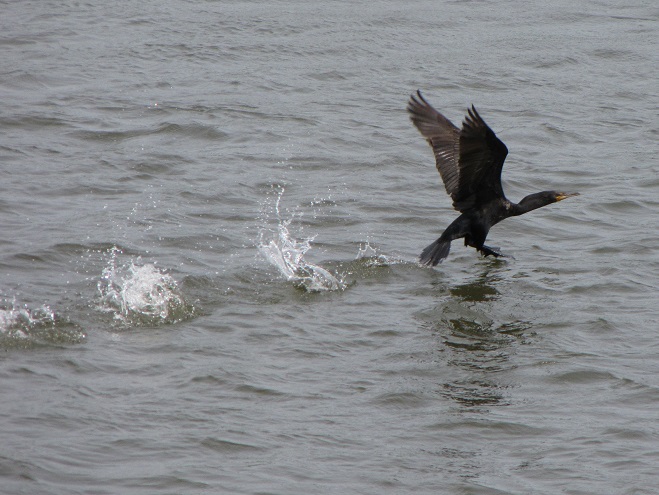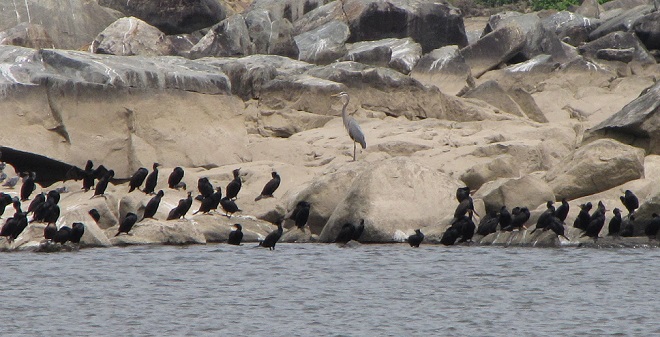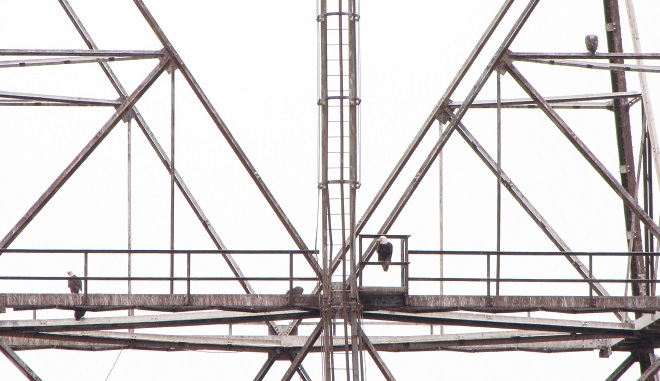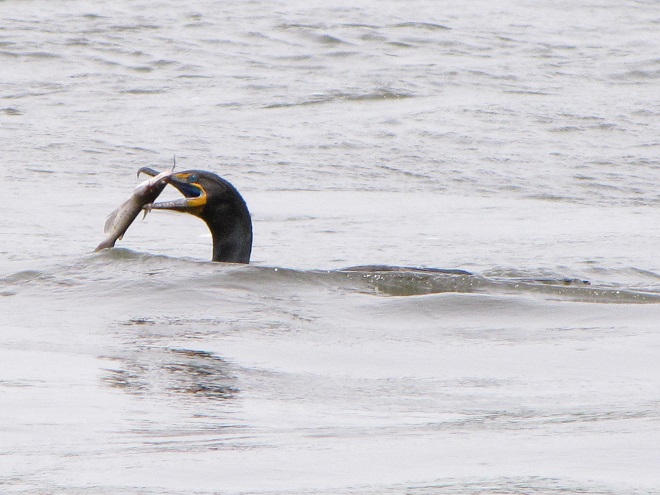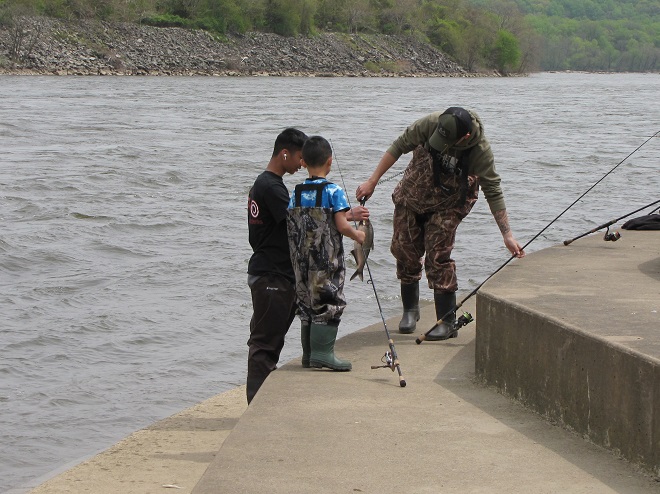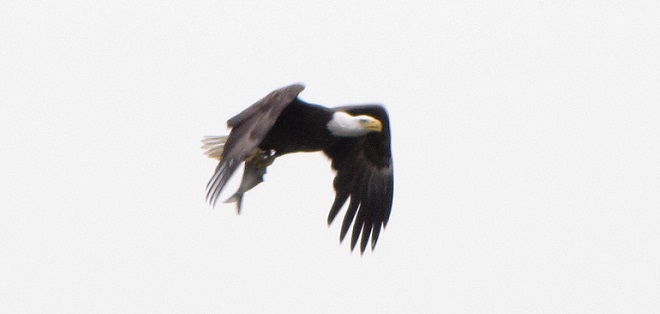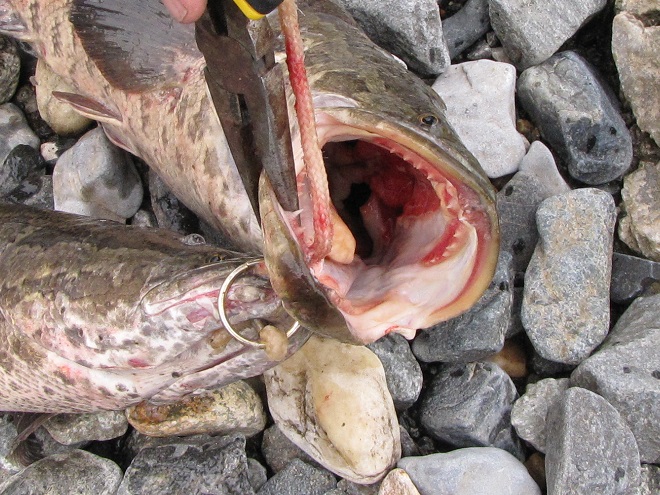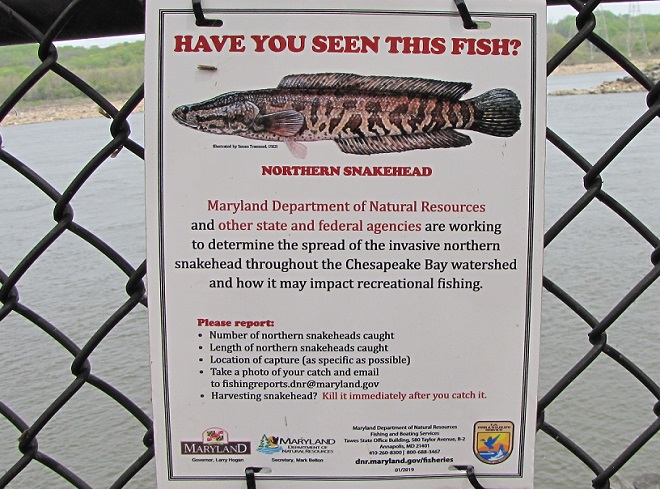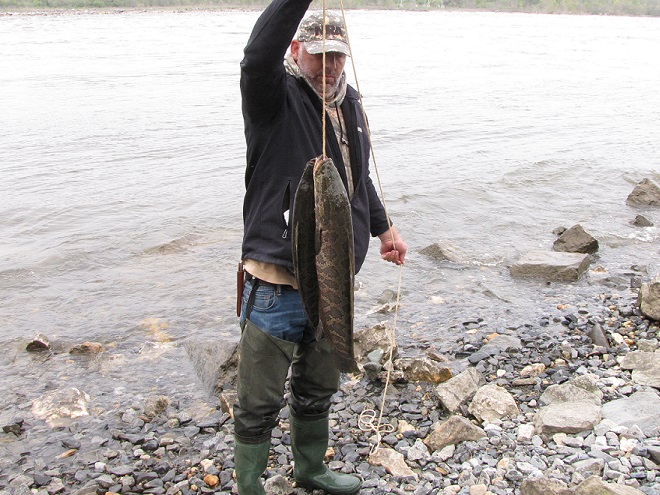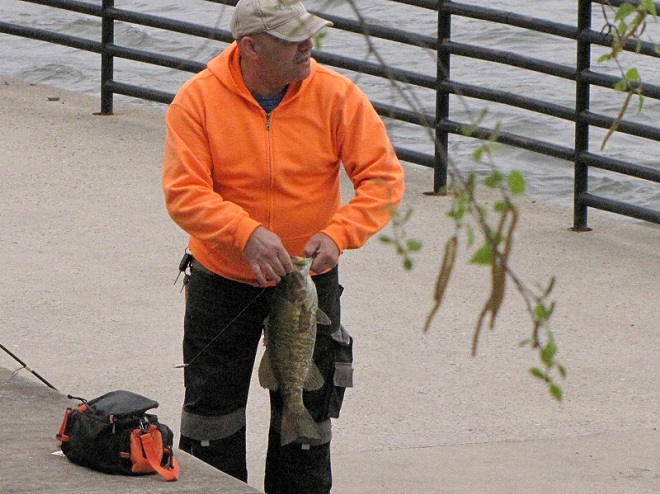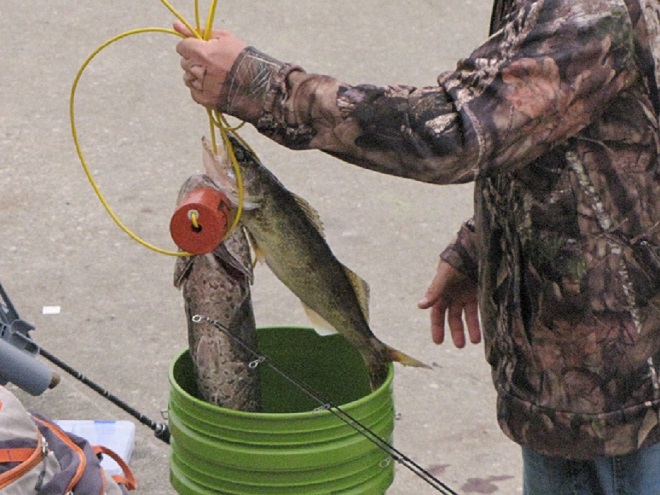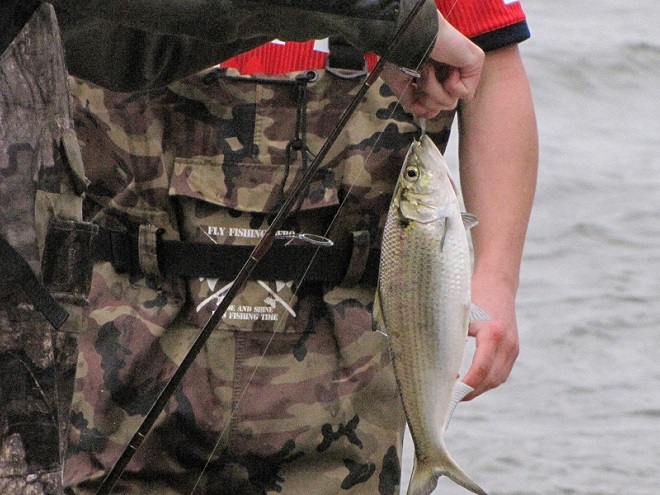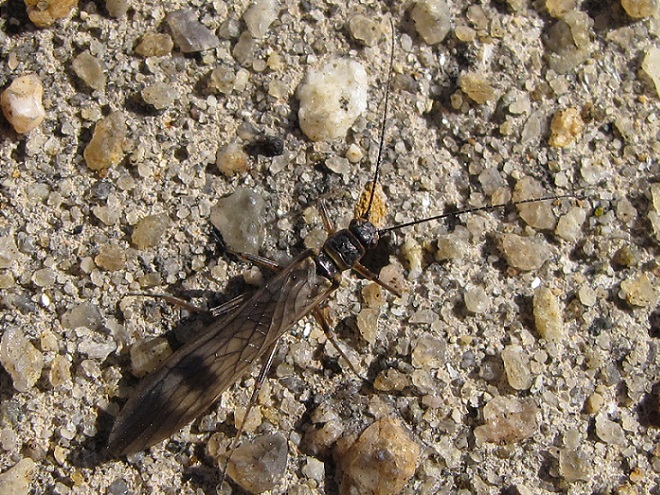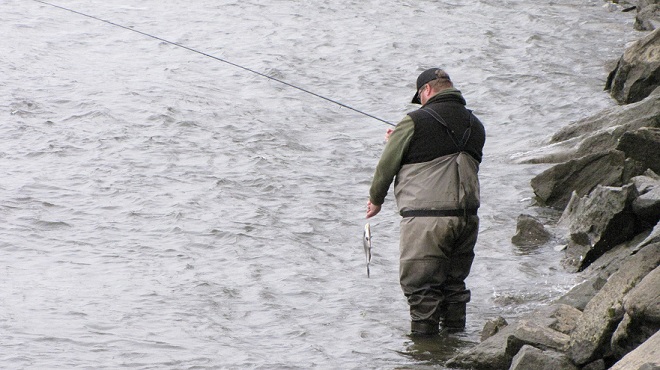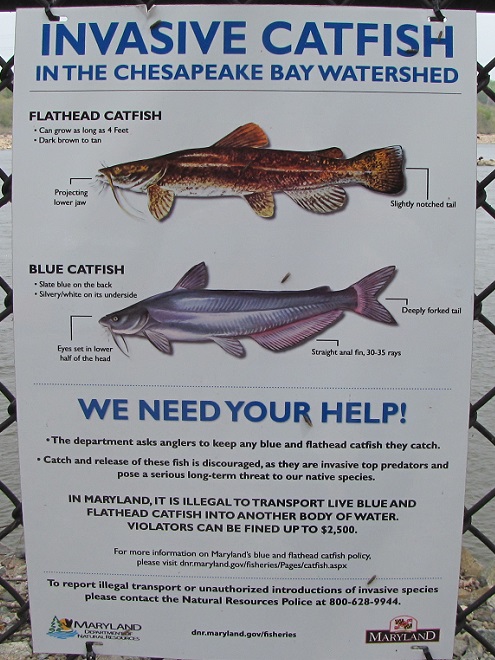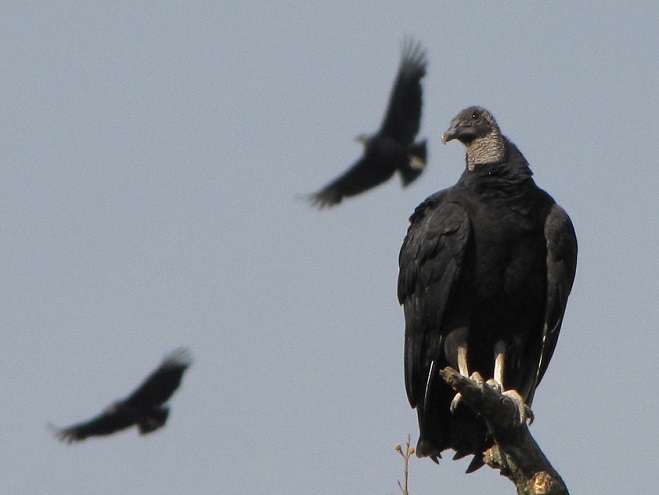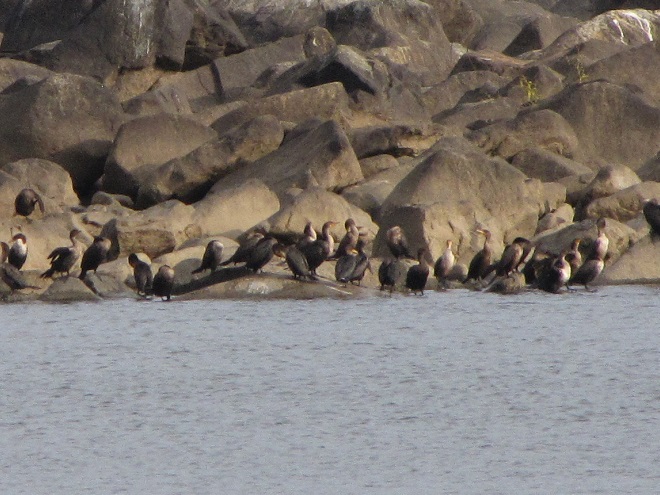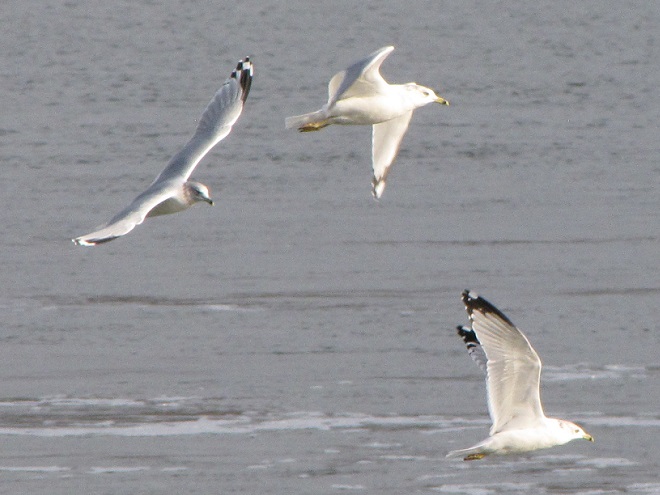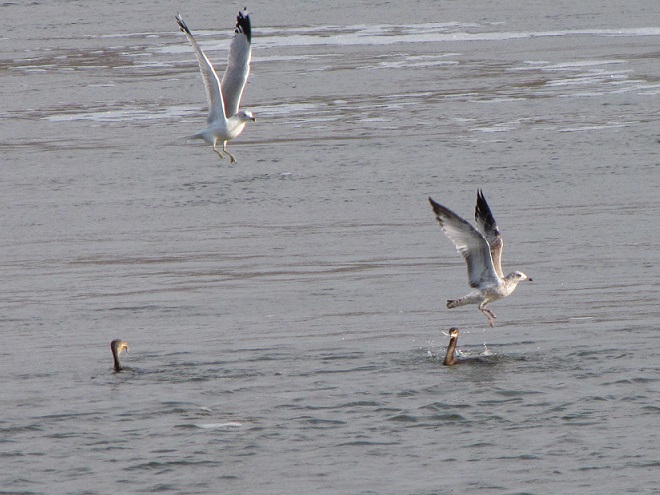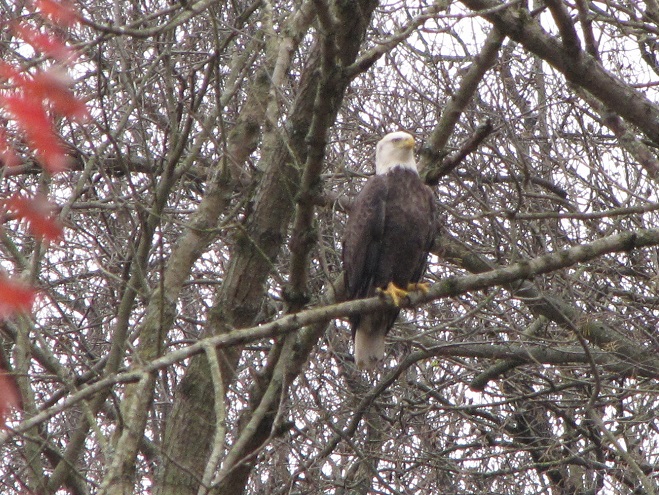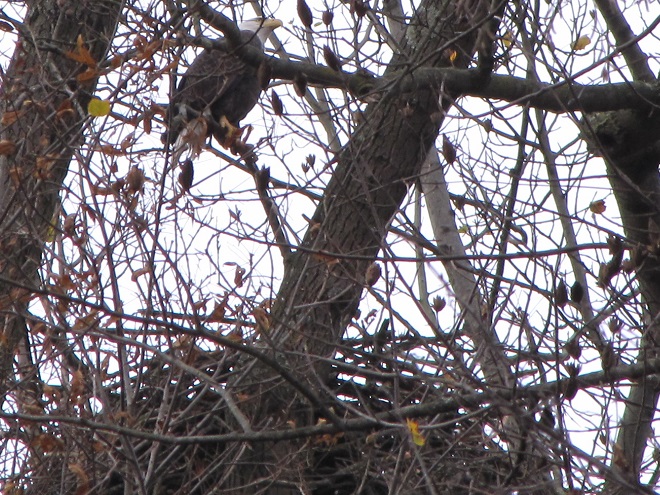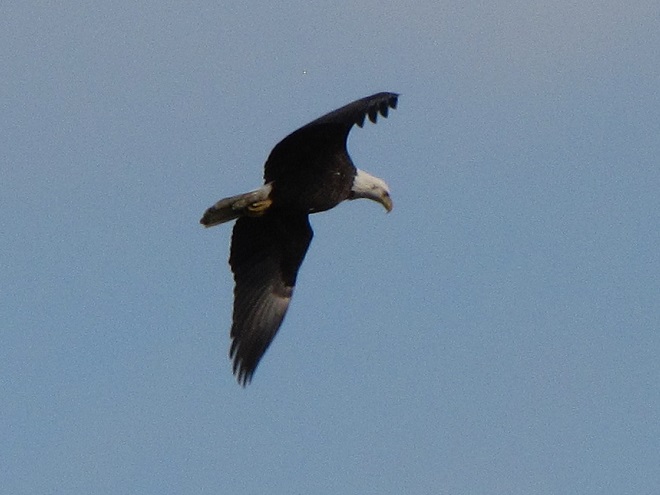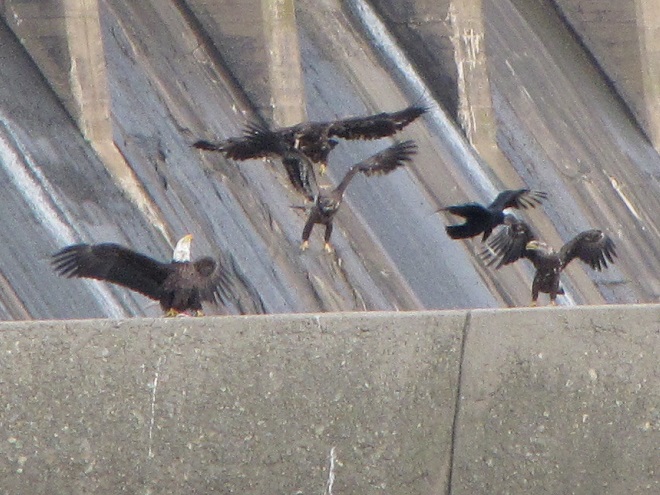Tuesday’s collision of the container ship Dali into Baltimore’s Francis Scott Key Bridge and the nearly immediate collapse of the span into the chilly waters below reminds us just how unforgiving and deadly maritime accidents can be. Upon termination of rescue and recovery operations, salvage and cleanup will be prioritized as the next steps in the long-term process of reopening the navigable waters to ship traffic and construction of a new bridge. Part of the effort will include monitoring for leaks of fuels and other hazardous materials from the ship, its damaged cargo containers, and vehicles and equipment that were on the bridge when it failed.

On the waters and shores of today’s Chesapeake, numerous county, state, and federal agencies, including the United States Coast Guard, monitor and inspect looking for conditions and situations that could lead to point-source or accidental discharges of petroleum products and other hazardous materials into the bay. Many are trained, equipped, and organized for emergency response to contain and mitigate spills upon detection. But this was not always the case.
Through much of the twentieth century, maritime spills of oil and other chemicals magnified the effects of routine discharges of hazardous materials and sanitary sewer effluent into the Chesapeake and its tributaries. The cumulative effect of these pollutants progressively impaired fisheries and bay ecosystems leading to noticeable declines in numbers of many aquatic species. Rather frequently, spills or discharges resulted in conspicuous fish and/or bird kills.
One of the worst spills occurred near the mouth of the Potomac River on February 2, 1976, when a barge carrying 250,000 gallons of number 6 oil sank in a storm and lost its cargo into the bay. During a month-long cleanup, the United States Coast Guard recovered approximately 167,000 gallons of the spilled oil, the remainder dispersed into the environment. A survey counted 8,469 “sea ducks” killed. Of the total number, the great majority were Horned Grebes (4,347 or 51.3%) and Long-tailed Ducks (2,959 or 34.9%). Other species included Surf Scoter (Melanitta perspicillata) (405 or 4.8%), Common Loon (195 or 2.3%), Bufflehead (166 or 2.0%), Ruddy Duck (107 or 1.3%), Common Goldeneye (78 or 0.9%), Tundra Swan (46 or 0.5%), Greater Scaup (19 or 0.2%), American Black Duck (12 or 0.2%), Common Merganser (11 or 0.1%), Canvasback (10 or 0.1%), Double-crested Cormorant (10 or 0.1%), Canada Goose (8 or 0.1%), White-winged Scoter (Melanitta deglandi) (7 or 0.1%), Redhead (5 or 0.1%), gull species (10 or 0.1%), miscellaneous ducks and herons (13 or 0.2%) and unidentified (61 or 0.7%). During the spring migration, a majority of these birds would have made their way north and passed through the lower Susquehanna valley. The accident certainly impacted the occurrence of the listed species during that spring in 1976, and possibly for a number of years after.

The Federal Water Pollution Control Act Amendments of 1972, commonly known as the Clean Water Act, put teeth into the original FWCPCA of 1948 and began reversing the accumulation of pollutants in the bay and other bodies of water around the nation. Additional amendments in 1977 and 1987 have strengthened protections and changed the culture of “dump-and-run” disposal and “dilution-is-the-solution” treatment of hazardous wastes. During the late nineteen-seventies and early nineteen-eighties, emergency response teams and agencies began organizing to control and mitigate spill events. The result has been a greater awareness and competency for handling accidental discharges of fuels and other chemicals into Chesapeake Bay and other waterways. These improvements can help minimize the environmental impact of the Dali’s collision with the Francis Scott Key Bridge in Baltimore.
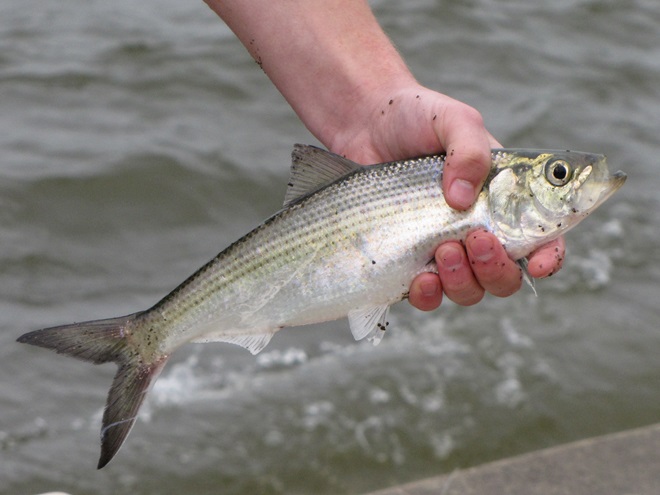
SOURCES
Roland, John V., Moore, Glenn E., and Bellanca, Michael A. 1977. “The Chesapeake Bay Oil Spill—February 2, 1976: A Case History”. International Oil Spill Conference Proceedings (1977). 1977 (1): 523-527.



